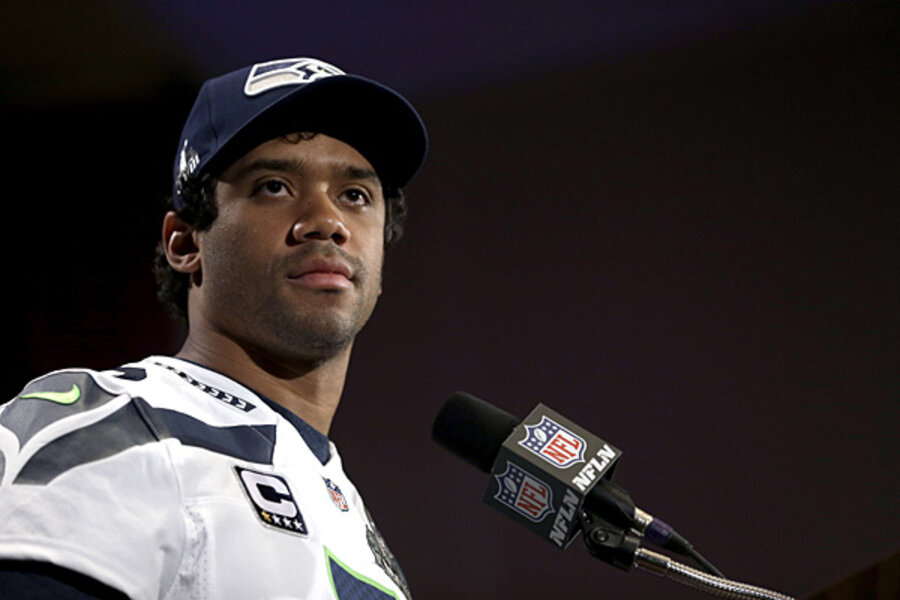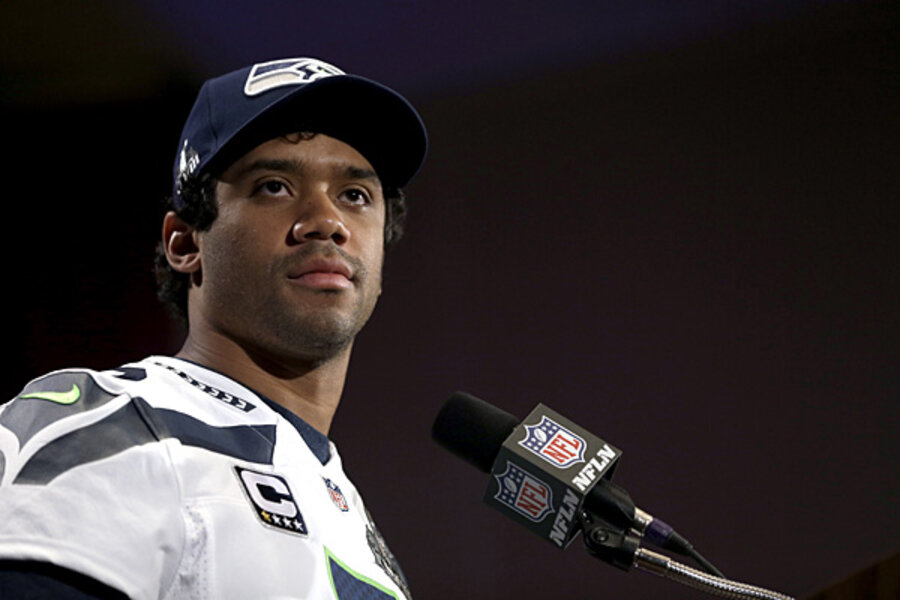What: the combined salaries of the Denver Broncos and the Seattle Seahawks, respectively.
NFL teams operate under a league-wide hard salary cap—in other words, the NFL imposes a total salary figure that all 32 of its teams must operate under. This year’s Super Bowl features teams with two of the top three cap figures in the league (the highest belongs to the Kansas City Chiefs).
On Sunday, the Denver Broncos and their top-ranked offense will take on the Seattle Seahawks and their top-ranked defense. You might assume that each team’s salary distribution correlates with its on-field strengths and weaknesses. However, that’s not necessarily the case.
According to spotrac.com’s salary data, the 2013 Denver Broncos had a payroll that resulted in a total adjusted cap figure of $132,835,029. Of that total, 53 percent was spent on offensive players, the highest-paid of whom is none other than star quarterback Peyton Manning. The Broncos’ second-highest-paid player is Champ Bailey, a defensive player and one of the best cornerbacks of his generation.
A look at Seattle’s salary distribution shows, perhaps surprisingly, that they allocate more of their payroll for offense than Denver does. Of their $133,800,532 total cap figure, 57 percent has been spent on offense, while 41 percent went into forming their vaunted defense. Interestingly, One of Seattle’s highest-paid players is wide receiver Sidney Rice, who won’t even be playing in the Super Bowl as he’s recovering from an ACL tear suffered in October.
Seattle’s starting quarterback is Russell Wilson, who in his second season makes just 3.5 percent of Manning’s base salary: $526,217 vs. $15,000,000. And cornerback Richard Sherman, the hottest name in the sports stratosphere these days, has a base salary of $555,000, which is 5.8 percent of Bailey’s salary.
On average, offensive players in the NFL almost always make more money than defensive players, especially quarterbacks and offensive linemen (i.e., the ones protecting the quarterback). While Denver pays its quarterback a significant amount more than Seattle does its passer, the Seahawks can complement Wilson with running backs, receivers and tight ends who are paid more than Manning’s offensive counterparts. The Seahawks also boast a younger defense—indeed, the entire team is the second-youngest in Super Bowl history—than the Broncos, and key players such as Sherman and Earl Thomas are still on their rookie contracts and are yet to receive their big paydays.








